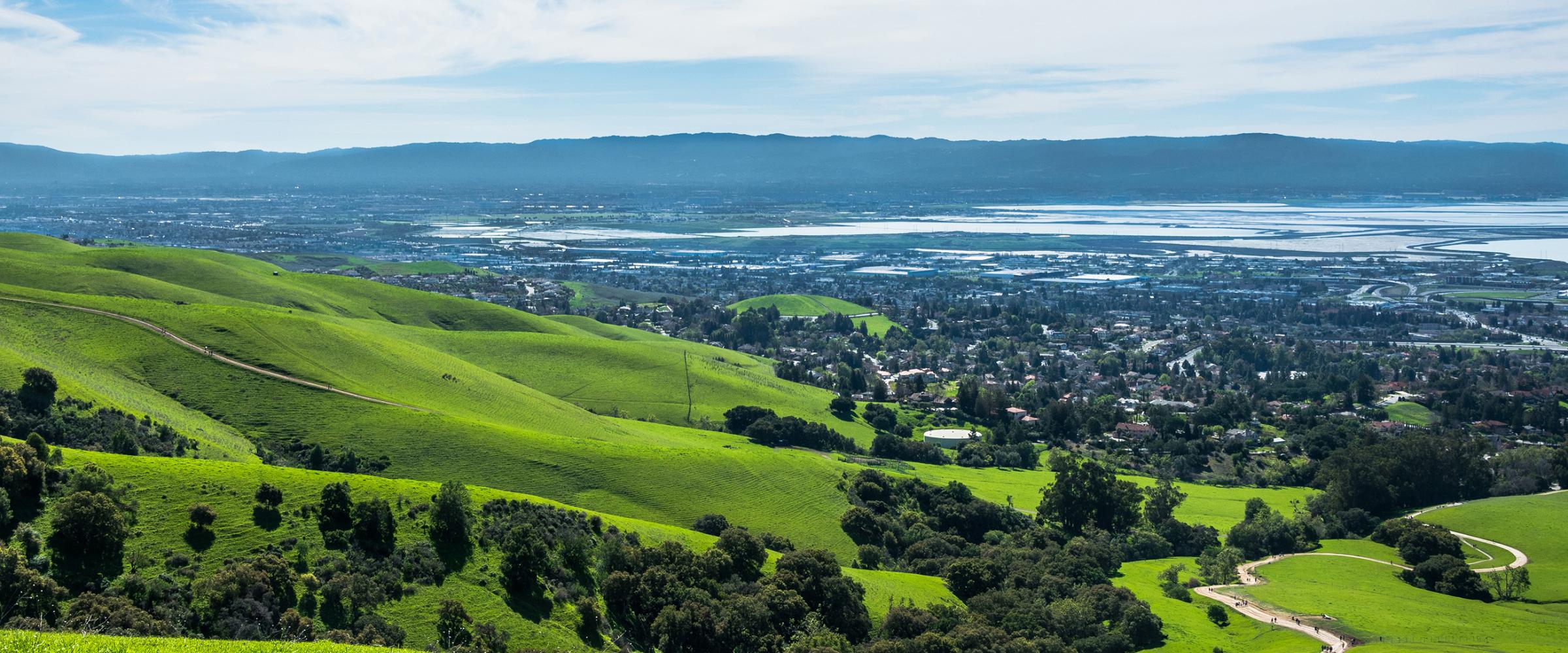Environmental Science & Technology
Environmental Science and Technology
Air Quality, Atmospheric and Urban Modeling
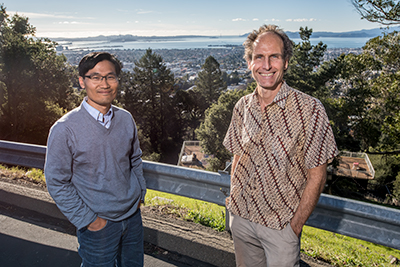
Ambient air pollution is a result of interactions of natural and anthropogenic emissions with meteorology through chemical transport processes with the atmosphere, vegetation, and building surfaces. We collaborate with industry and academic partners and use state-of-the-art atmospheric and urban modeling tools to investigate:
- Source-receptor relationships
- Meteorology-chemistry interactions
- Urban air pollution and chemical hazard mitigation
- Effective air pollution mitigation strategies
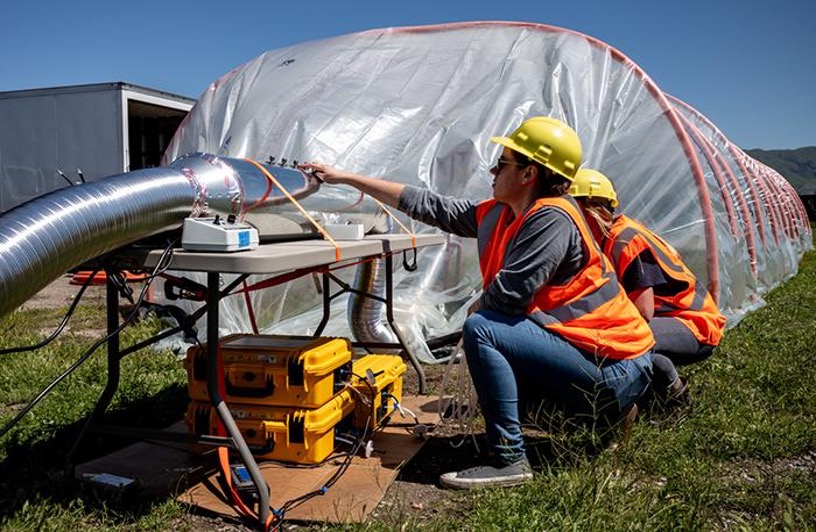
Modeling
- Spatiotemporally-explicit bottom-up estimates for California methane emissions
- Atmospheric transport simulation using the NCAR Weather Research Forecasts (WRF) at 1 km resolution in domains over California
- Stochastic Time Inverted Lagrangian Transport (STILT) model calculations receptor footprints
- Inverse emissions estimation capabilities including linear and hierarchical Bayesian, as well as geo-statistical inverse models
- Evaluation of predicted transport using wind velocity and boundary layer depth and turbulence data from using network data from radar wind profilers
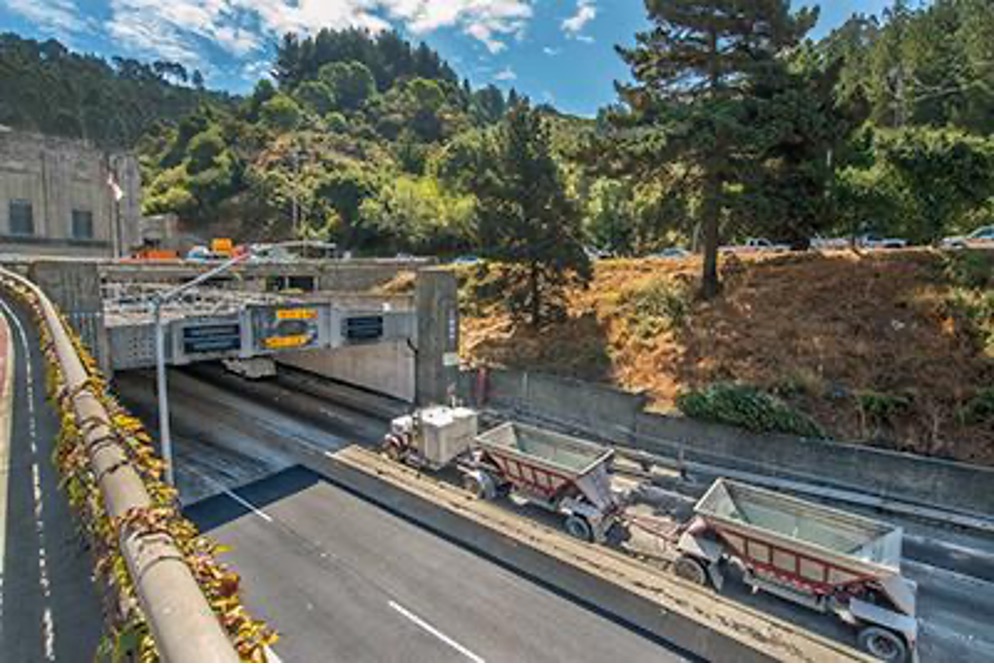
Air Pollution Science and Technology
Air pollution is the leading environmental contributor to diseases that cause millions of premature deaths around the world each year. Our team researches cutting-edge clean air technologies, develops novel air pollution sensors, pollutant transport and transformation, and evaluates in-use pollutant emissions and controls. We focus on a range of pollutants and sources. Areas of focus include:
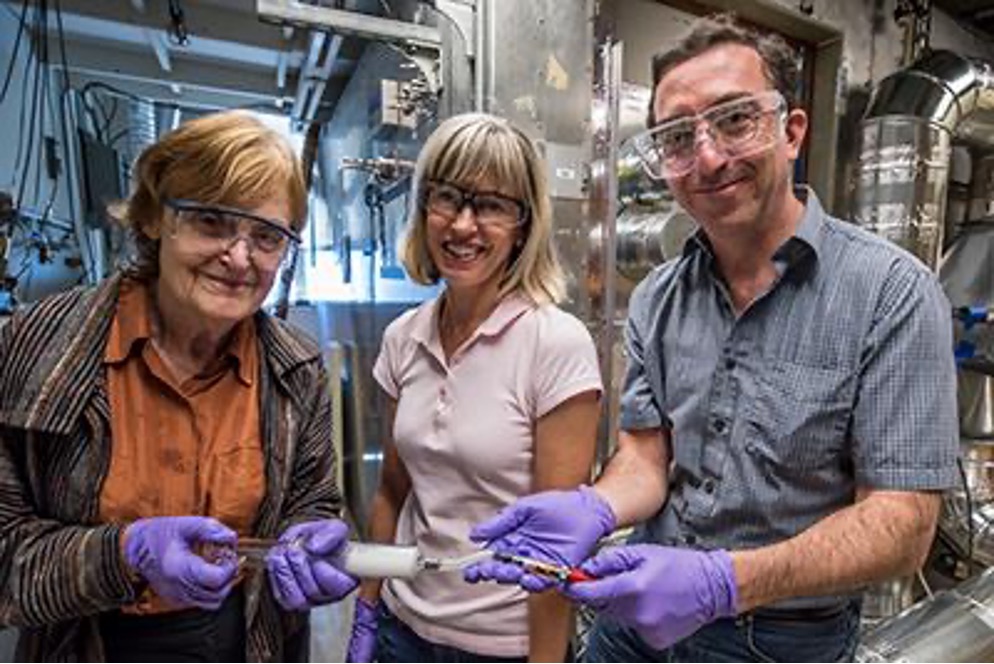 Leading research to measure the in-use performance and durability of diesel particle filters and selective catalytic reduction systems on heavy-duty diesel truck emissions of gaseous and particulate pollutants
Leading research to measure the in-use performance and durability of diesel particle filters and selective catalytic reduction systems on heavy-duty diesel truck emissions of gaseous and particulate pollutants- Developing new sensing technologies for methods for measuring atmospheric particulate matter and black carbon, including novel applications of low-cost sensors for distributed monitoring to learn how pollutants vary in space and with time in residential communities
- Quantifying emissions of heat-trapping gases, odorous compounds, and other air pollutants associated with anaerobic digestion of organic municipal solid waste to produce biogas, conversion to electricity, and composting processes
- Examining how black and brown carbon from wildfires, residential fireplaces, and other sources interact with sunlight on surfaces including snow and rooftops
- Developing operational tools to predict coupled urban and indoor transport of airborne hazardous materials, to support real-time decision-makers and pre-event planners
- Developing a virtual simulation environment by coupling a Large Eddy Simulation atmospheric transport and dispersion model to building interior models. The goal is to produce virtual datasets of airborne material dispersion in urban areas, in order to evaluate operational tools and train analysts
- Evaluating how conventional (combustion) cigarettes and innovative nicotine-delivery devices (such as electronic cigarettes) contribute to poor indoor environmental quality
- Understanding chemical transformations of surface-bound tobacco contaminants (“thirdhand smoke”) leading to long-term exposures via inhalation and dermal contact
- Exploring the potential of photocatalytic self-cleaning and de-polluting building envelope surfaces to maintain high albedos and contribute to scrubbing nitrogen oxides and other pollutants from urban atmospheres
- Evaluating air cleaning technologies for buildings and the aircraft cabin
Link to more information
